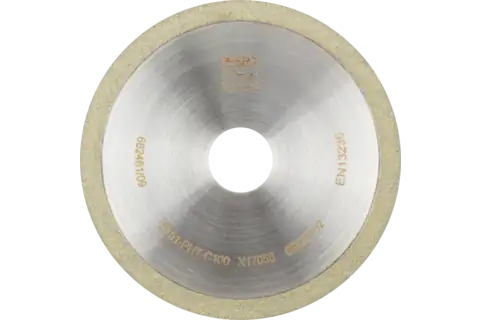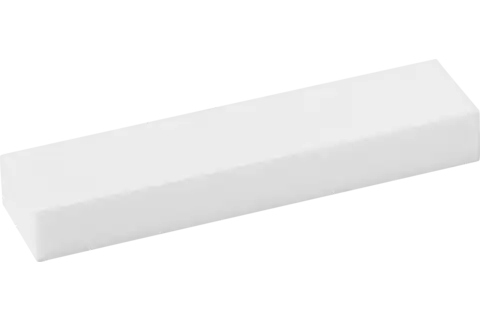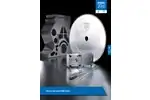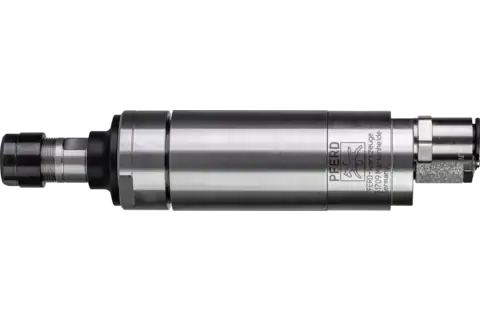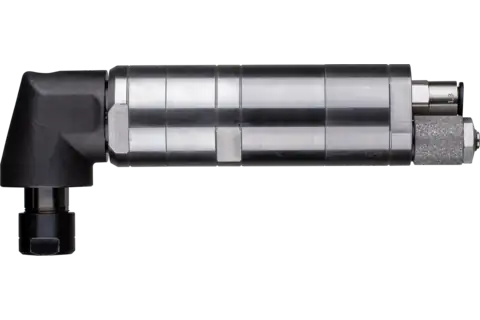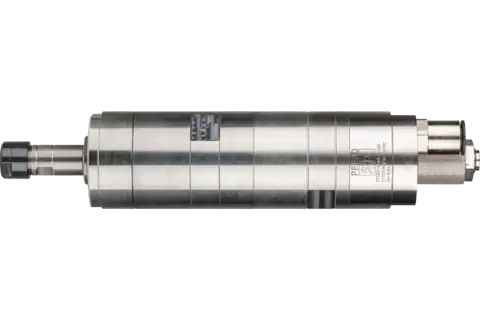CBN grinding tools shape 1A1R
CBN cut-off wheel resinoid 1A1R PHT 100mm B151 (medium) dry grinding
1A1R 100-1-5-20 B 151 PHT C100
Matching accessories & spare parts
Technical information
CBN cut-off wheel resinoid 1A1R PHT 100mm B151 (medium) dry grinding
- Dia. external
- 100 mm
- Dia. hole
- 20 mm
- Grit size
- B 151
- Height, coating
- 5 mm
- Shape
- 1A1R
- Version
- PHT
- Width
- 1 mm
- Packaging unit
- 1 piece
Description
Advantages
Recommendations for use
Ordering notes
- Materials that can be worked
- Applications
- Drive types
